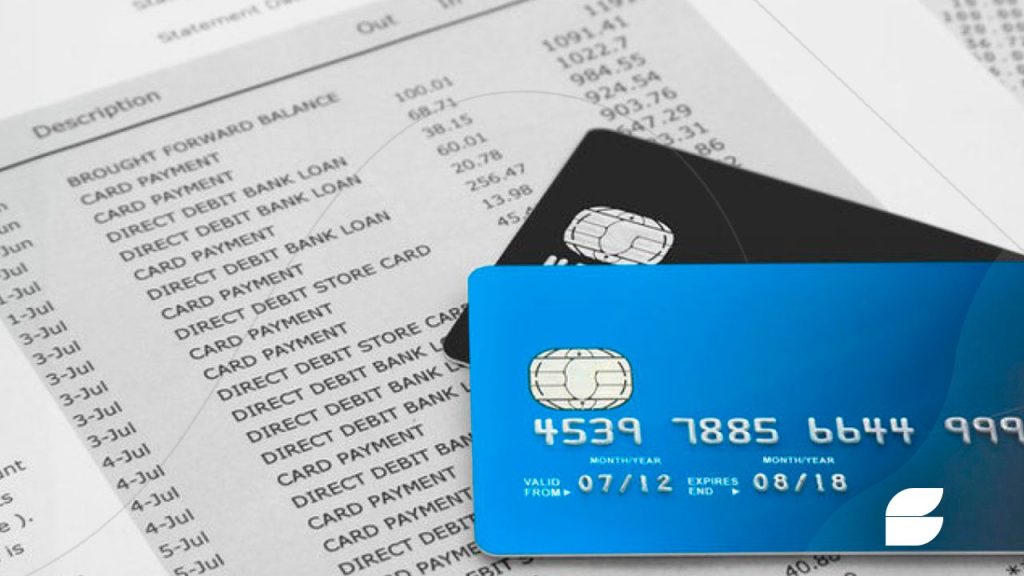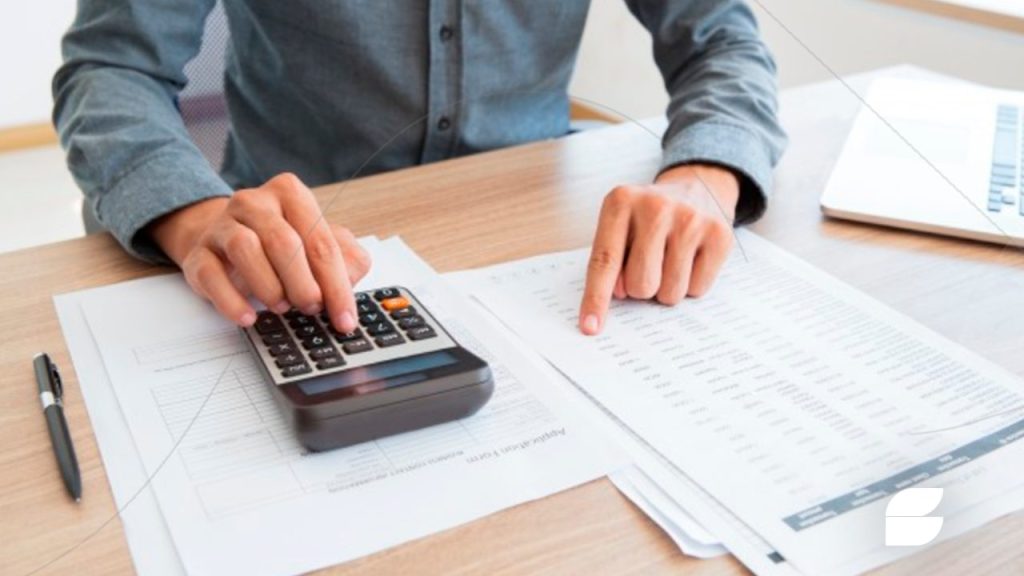Understanding how credit card interest works is crucial for anyone looking to manage their finances wisely. Credit card interest can accumulate quickly, turning what seems like a manageable balance into a larger debt. But by learning how to determine credit card interest, you can avoid surprises on your bill and make smarter financial decisions. In this guide, we’ll walk you through the basics of credit card interest, how it’s calculated, and tips on how to minimize it.
What is Credit Card Interest?
Credit card interest is the fee that lenders charge when you carry a balance from one billing cycle to the next. It’s usually expressed as an Annual Percentage Rate (APR). Although the APR is listed as an annual rate, the interest is typically calculated daily or monthly based on your outstanding balance. This means that even small amounts of debt can grow rapidly if not managed properly.
How to Determine Credit Card Interest: Step-by-Step Process

1. Know Your APR (Annual Percentage Rate)
The first step in determining your credit card interest is understanding the APR associated with your card. The APR is usually found on your credit card statement or online account. It represents the annual cost of borrowing and includes both interest and fees. Credit cards can have several types of APRs, such as:
- Purchase APR: Applied to purchases you make with your card.
- Balance Transfer APR: Applied to balances you transfer from another card.
- Cash Advance APR: Applied to cash withdrawals made using your card.
- Penalty APR: Applied if you miss a payment or violate the card terms.
Each type of APR may be different, so it’s important to identify which one applies to your situation.
2. Understand Your Daily Periodic Rate (DPR)
Although the APR is expressed annually, credit card issuers typically calculate interest on a daily basis. To do this, they convert your APR into a Daily Periodic Rate (DPR). The DPR represents the interest charged each day on your balance and is calculated as:
DPR=APR365\text{DPR} = \frac{\text{APR}}{365}DPR=365APR
For example, if your APR is 18%, your DPR would be:
DPR=18365≈0.0493%\text{DPR} = \frac{18}{365} \approx 0.0493\%DPR=36518≈0.0493%
This rate is then used to calculate the interest applied to your daily balance.
3. Calculate Your Average Daily Balance
The next step in determining your credit card interest is figuring out your average daily balance (ADB). This is the sum of your balance at the end of each day during the billing period, divided by the number of days in that period. To calculate it:
- Add up your balance at the end of each day in the billing cycle.
- Divide this total by the number of days in the cycle.
For example, if your billing cycle is 30 days and you have the following end-of-day balances:
1. Day 1-10: $500
2. Day 11-20: $600
3. Day 21-30: $700
Your total balance is:
($500 * 10) + ($600 * 10) + ($700 * 10) = $18,000
Divide by the number of days (30):
Average Daily Balance = $18,000 / 30 = $600
4. Apply the Daily Periodic Rate to Your Balance
Now that you have your DPR and ADB, you can calculate your daily interest charge by applying the DPR to your average daily balance. The formula is:
Daily Interest Charge=DPR×ADB\text{Daily Interest Charge} = \text{DPR} \times \text{ADB}Daily Interest Charge=DPR×ADB
Using the example above, with a DPR of 0.0493% and an ADB of $600:
Daily Interest Charge=0.000493×600=0.2958 (≈30 cents per day)\text{Daily Interest Charge} = 0.000493 \times 600 = 0.2958 \, (\approx 30 \, cents \, per \, day)Daily Interest Charge=0.000493×600=0.2958(≈30centsperday)
5. Calculate Your Monthly Interest
To calculate your total monthly interest, multiply the daily interest charge by the number of days in the billing cycle. In our example:
Monthly Interest=0.2958×30=8.87\text{Monthly Interest} = 0.2958 \times 30 = 8.87Monthly Interest=0.2958×30=8.87
This means you would be charged approximately $8.87 in interest for that billing cycle if you carry a balance.
Tips to Minimize Credit Card Interest

- Pay off your balance in full: If you pay your balance in full every month, you avoid interest charges altogether.
- Take advantage of 0% APR offers: Some cards offer promotional 0% APR for a limited time on purchases or balance transfers.
- Make payments early and often: Reducing your balance before the end of the billing cycle will lower your average daily balance, thereby reducing your interest charges.
- Negotiate a lower APR: If you have a good payment history, some credit card issuers may be willing to lower your APR.
Conclusion
Determining credit card interest involves understanding key concepts such as APR, the daily periodic rate, and the average daily balance. By following the steps outlined in this guide, you can accurately calculate your interest charges and make informed decisions about how to manage your credit card debt. The best way to minimize interest is to pay off your balance in full whenever possible, but even small adjustments like making payments early or negotiating a lower rate can have a significant impact on your financial well-being. Understanding and managing your credit card interest can save you money and help you maintain better control over your finances.



 Keep Credit Card Canada: The Smart Financial Tool for Building Credit and Rewards <p class='sec-title' style=' font-weight: normal; line-height: 1.9rem !important; font-size: 17px !important;'> Discover why the Keep Credit Card is becoming one of Canada’s top choices for consumers seeking convenience, flexibility, and long-term financial growth </p>
Keep Credit Card Canada: The Smart Financial Tool for Building Credit and Rewards <p class='sec-title' style=' font-weight: normal; line-height: 1.9rem !important; font-size: 17px !important;'> Discover why the Keep Credit Card is becoming one of Canada’s top choices for consumers seeking convenience, flexibility, and long-term financial growth </p>  How to Apply for the Keep Credit Card in Canada: Full Guide with Expert Tips <p class='sec-title' style=' font-weight: normal; line-height: 1.9rem !important; font-size: 17px !important;'> Explore new benefits, eligibility requirements, and practical strategies to increase your approval odds for the Keep Credit Card </p>
How to Apply for the Keep Credit Card in Canada: Full Guide with Expert Tips <p class='sec-title' style=' font-weight: normal; line-height: 1.9rem !important; font-size: 17px !important;'> Explore new benefits, eligibility requirements, and practical strategies to increase your approval odds for the Keep Credit Card </p>